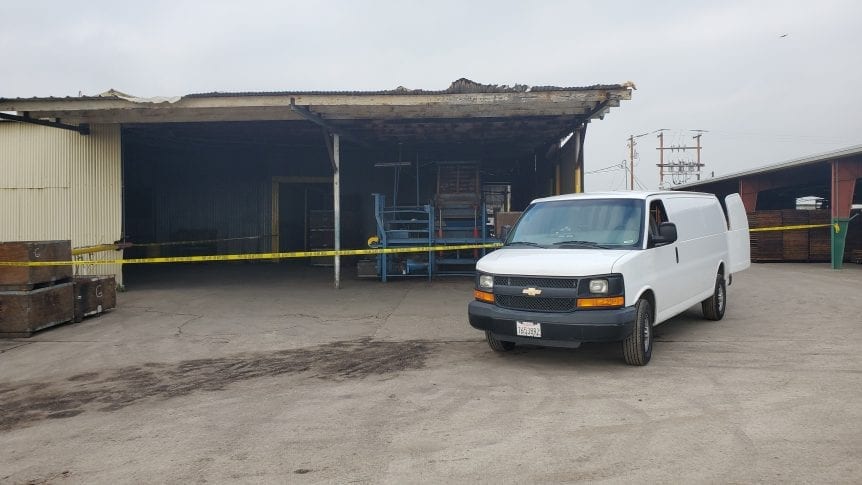A recent fatality at a processing plant in Fresno County serves as a sobering reminder of the importance of enforcing safety protocols in agricultural operations. The preliminary reports indicate that while a raisin processing machine was operational a worker got their clothes caught in the equipment while attempting to remove an obstruction. The Division of Occupational Safety and Health (Cal/OSHA) will be continuing its official investigation into the incident.
“It’s one thing that we as employers provide our employees with appropriate personal protective equipment for the job that they’re doing,” said AgSafe President and CEO Amy Wolfe. “It’s also important that we provide guidelines as to how they should dress for the job and that we’re actively enforcing those guidelines.”
It is not simply enough to establish workplace safety practices, but employers need to consistently be enforcing safety protocols to ensure employees remain safe by adhering to those requirements. Employee oversight also includes confirming that employees are following safety mandates such as the lockout/tag-out/block out rule. “If anybody ever questions why Cal/OSHA creates the regulations they do this is great example of why it’s so important to turn off a piece of equipment, prevent it from starting back up again, and then move forward having destabilized its energy to clean it, to repair it, or as it sounds like in this case, to remove an obstruction,” Wolfe noted.
Making sure that safety practices are being followed also includes ensuring any safeguards on equipment remain in place. It a fairly common practice for machines to have some safety guards removed in the interest of efficiency and productivity, but those safety mechanisms are part of that equipment for a reason.
“Machine guards are a critical part of how pieces of equipment are developed,” said Wolfe. “All equipment manufacturers themselves go through a series of global standards, ISO standards, that speak to how hazards are being in-part engineered out of the equipment and a lot of those include putting guards in places where hands, fingers and other parts of employees could potentially get caught.”
Listen to Wolfe’s full interview with AgNet West’s Taylor Hillman.











